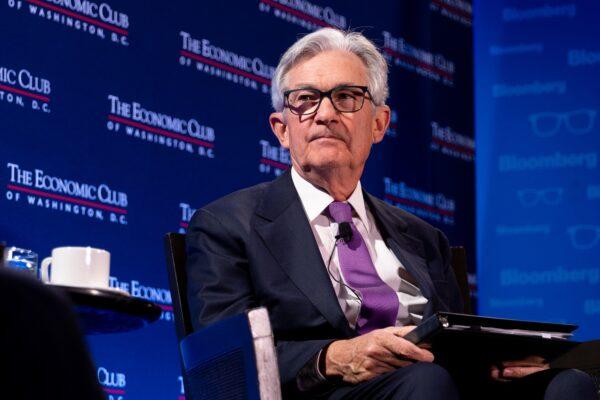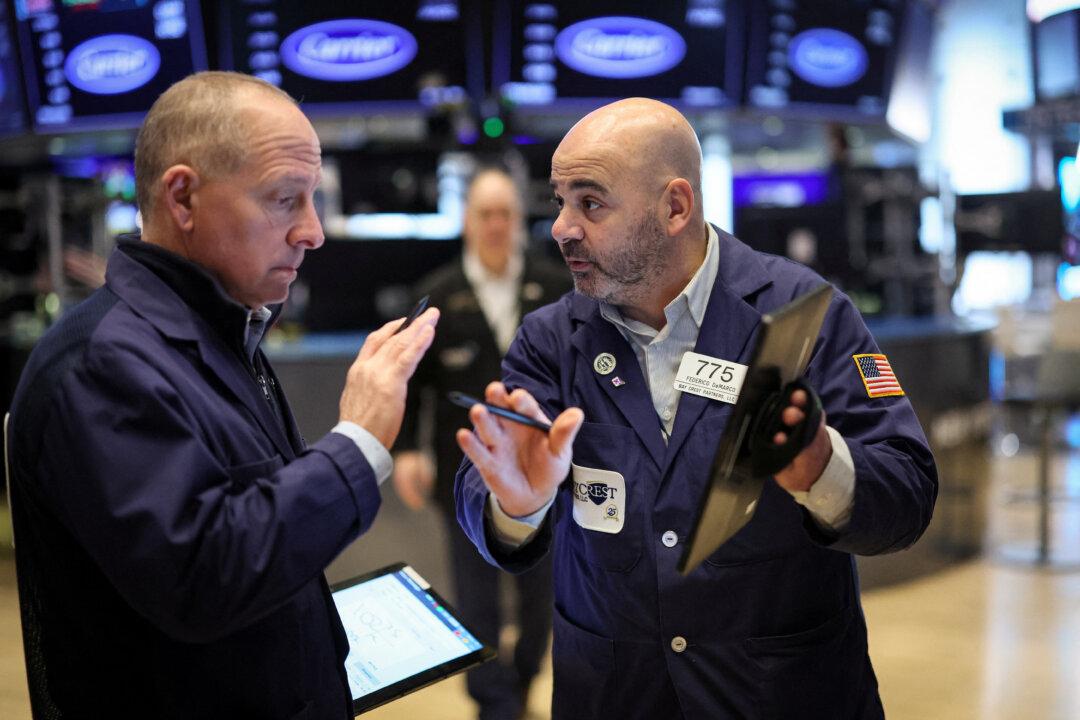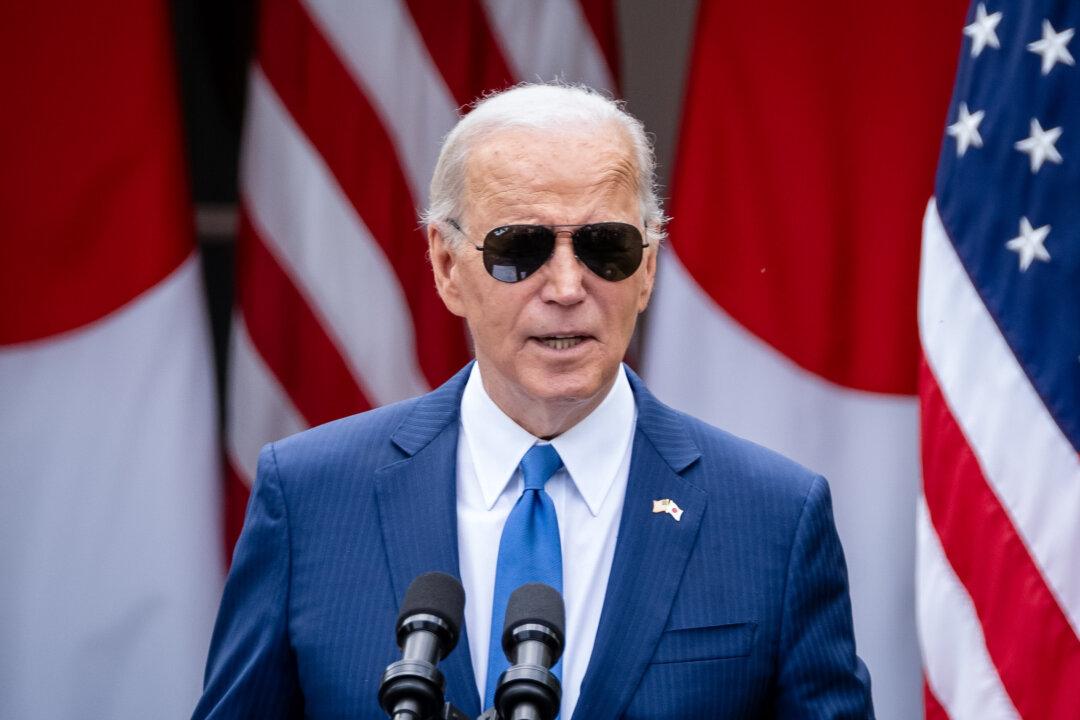In the last three months of 2022, the gross domestic product (GDP) growth rate rose 2.7 percent, down from 3.2 percent in the third quarter. This was below the previous BEA estimate of 2.9 percent.
GDP sales increased 1.2 percent in the October-to-December period, down from 4.5 percent in the previous quarter.
Real GDP (adjusted for inflation) increased by 2.1 percent in 2022, down from 5.9 percent in 2021. Gains in consumer spending, exports, private inventory investment, and nonresidential fixed investment mainly drove much of the annual growth.
On the inflation front, the second BEA estimate confirmed that the GDP Price Index advanced by 3.9 percent, higher than the first estimate of 3.5 percent. This was also down from the third quarter’s 4.4 percent print. Personal consumption expenditure (PCE) prices rose 3.7 percent, and core PCE prices were up 4.3 percent quarter-over-quarter. Both were up from the initial estimate.
“The updated estimates reflected downward revisions to consumer spending and exports that were partly offset by upward revisions to nonresidential fixed investment and residential fixed investment. Imports were revised up,” the BEA noted.
The GDP price index measures changes in the prices of goods and services produced in the United States, including those exported to other countries; prices of imports are excluded.
Personal consumption was revised lower to 0.93 percent from 1.42 percent, highlighting that spending levels were sluggish during the typically busy holiday quarter.
Fixed investment was revised up to negative 0.81 percent from negative 1.2 percent. Private inventories and government contributions to the national economy were relatively unchanged. Net exports slipped to 0.46 percent, down from 0.56 percent in the first estimate.
Although the GDP growth rate was primarily positive, key economic indicators within the report “seem to be losing momentum,” according to Peter Earle, an economist at the American Institute for Economic Research (AIER), and that might be a reflection of the Federal Reserve’s higher interest rates.
“The big question is whether the growth in the 4th quarter is enough for the Fed to continue with their existing plan (one or two more 25 basis point hikes) or if they will shift into wait-and-see mode,” he wrote in a note.
“Because the goal of the Fed is not only reversing inflation but normalizing interest rates which have been artificially low for 15 years, I suspect they will want rates to reach the 5% mark regardless of what the data indicates.”

What to Expect in Q1 2023
The latest GDP figures suggest that 2023 could be off to a weak start, according to Dr. Samuel Gregg, a distinguished fellow in political economy and senior research faculty at AIER.“I think it’s also true to say that some of the data is indicating that the economy is on track to expand at a slower rate,” he told The Epoch Times. “And we can’t rule out the possibility of an actual contraction in the economy. So I think things like high inflation and rising interest rates, these are forcing companies, individuals, families to reduce their spending and investment.”
In recent weeks, amid elevated inflation data and better-than-expected labor and retail sales reports, investors have shifted their expectations that the U.S. central bank will keep hiking the benchmark policy rate heading into the summer.
The second quarter could be when there is a notable reduction in consumer spending, according to Gregg, which would weigh on an economy that is two-thirds consumption.
US Labor Market Holding Steady
The number of Americans filing for first-time unemployment benefits eased to 192,000 for the week ending Feb. 18, according to the Department of Labor (pdf). This was down from 195,000 in the previous week and came in under economists’ expectations of 200,000.Continuing jobless claims slowed to 1.654 million, down from 1.691 million and below the market consensus of 1.7 million. The four-week average, which removes week-to-week volatility, inched higher to 191,250, up from 189,750.
In addition, the total number of Americans claiming some type of unemployment benefit climbed close to a one-year high of 1.941 million.
Looking ahead to the February non-farm payrolls report, early estimates suggest that the U.S. economy added 210,000 jobs. If accurate, it would be considerably down from the surprise 517,000 increase in January. Moreover, the unemployment rate is expected to rise to 3.6 percent, which would be up from the 3.4 percent jobless figure last month.
Gregg added that if consumer spending continues downward, it would be difficult to see the unemployment rate staying at the current 3.4 percent level.





Friends Read Free